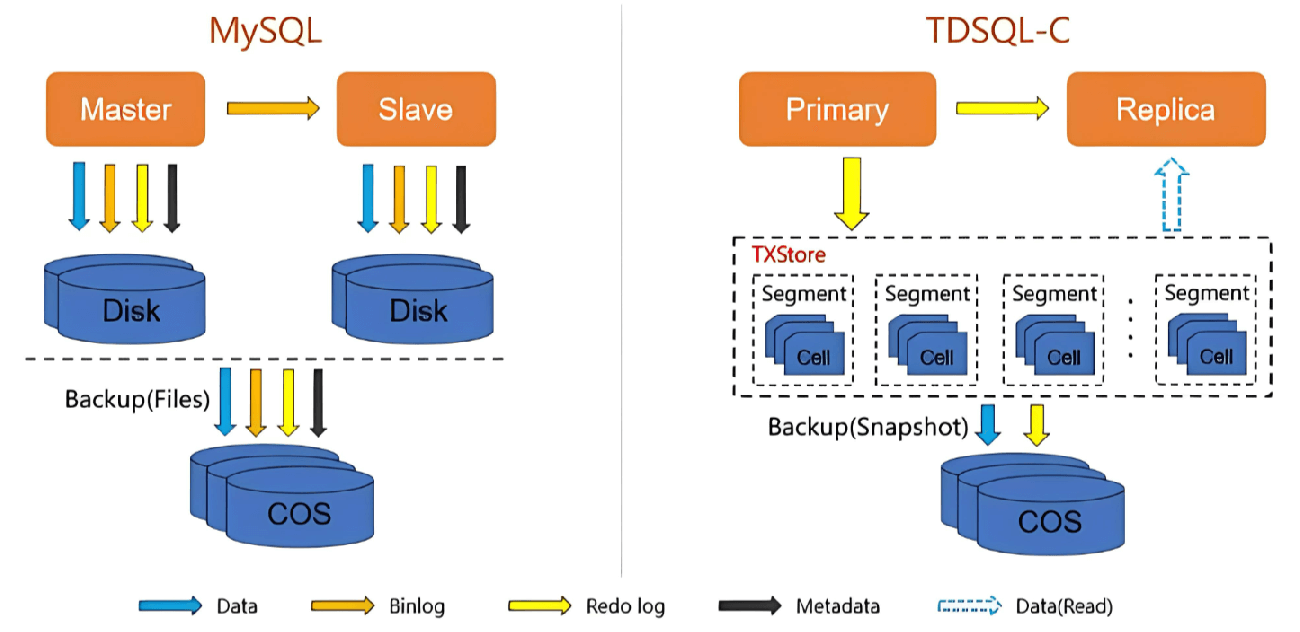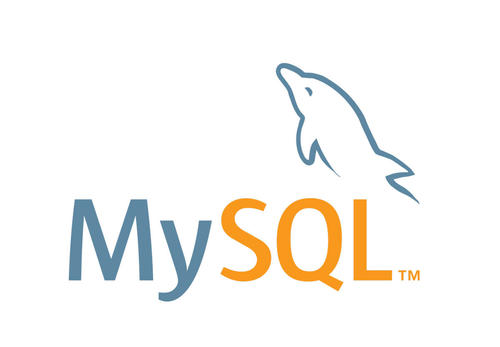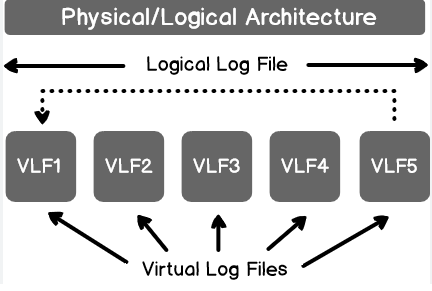When handling sensitive information, such as phone numbers, it is important to comply with data protection regulations like GDPR (General Data Protection Regulation) or other applicable privacy laws. Typically, sensitive data is encrypted when stored in a database to prevent exposure in the event of a database breach. When querying sensitive data and decrypting it, security should be prioritized.
Note: In practice, sensitive data should never be transmitted or displayed in insecure environments (such as through unencrypted connections). Always ensure secure methods, like HTTPS, VPN, or other encrypted channels, are used and restrict access accordingly.
Here’s an example of how to handle encrypted phone number data in a database query:
Assume we have a table named users with a column encrypted_phone that stores encrypted phone numbers.
Database systems like MySQL or PostgreSQL may provide built-in functions for encryption and decryption.
In a query, we can use a decryption function to retrieve the decrypted phone numbers. For MySQL, assume the AES encryption method is used:
-- Assume 'your_key' is the key used for encryption and decryption
SET @key_str = SHA2('your_key', 512);
SELECT
AES_DECRYPT(UNHEX(encrypted_phone), @key_str) AS decrypted_phone
FROM
users;In this example, the AES_DECRYPT function is used to decrypt the phone number, while the UNHEX function converts the hexadecimal string into the original encrypted binary string. @key_str is the encryption and decryption key. Ensure the security of this key and never expose it in scripts or logs.
Different database systems may have different encryption and decryption functions. For example, PostgreSQL uses different functions and methods to handle encrypted data.
Important Reminders:
Data Protection Laws: When handling sensitive data, ensure your approach complies with local data protection laws.
Minimize Data Exposure: Only decrypt data when absolutely necessary and only in authorized contexts.
Security Measures: Use SSL connections, database access control, and application-level security measures to protect data.
Access Control: Strictly limit the user permissions for performing decryption operations and maintain auditing and logging.
Data Masking: Consider using data masking techniques to partially hide sensitive information when full access is not necessary (e.g., only showing the last four digits of a phone number).
In practice, handling encrypted data involves complex security considerations. When performing such operations, follow professional security guidelines and best practices.






